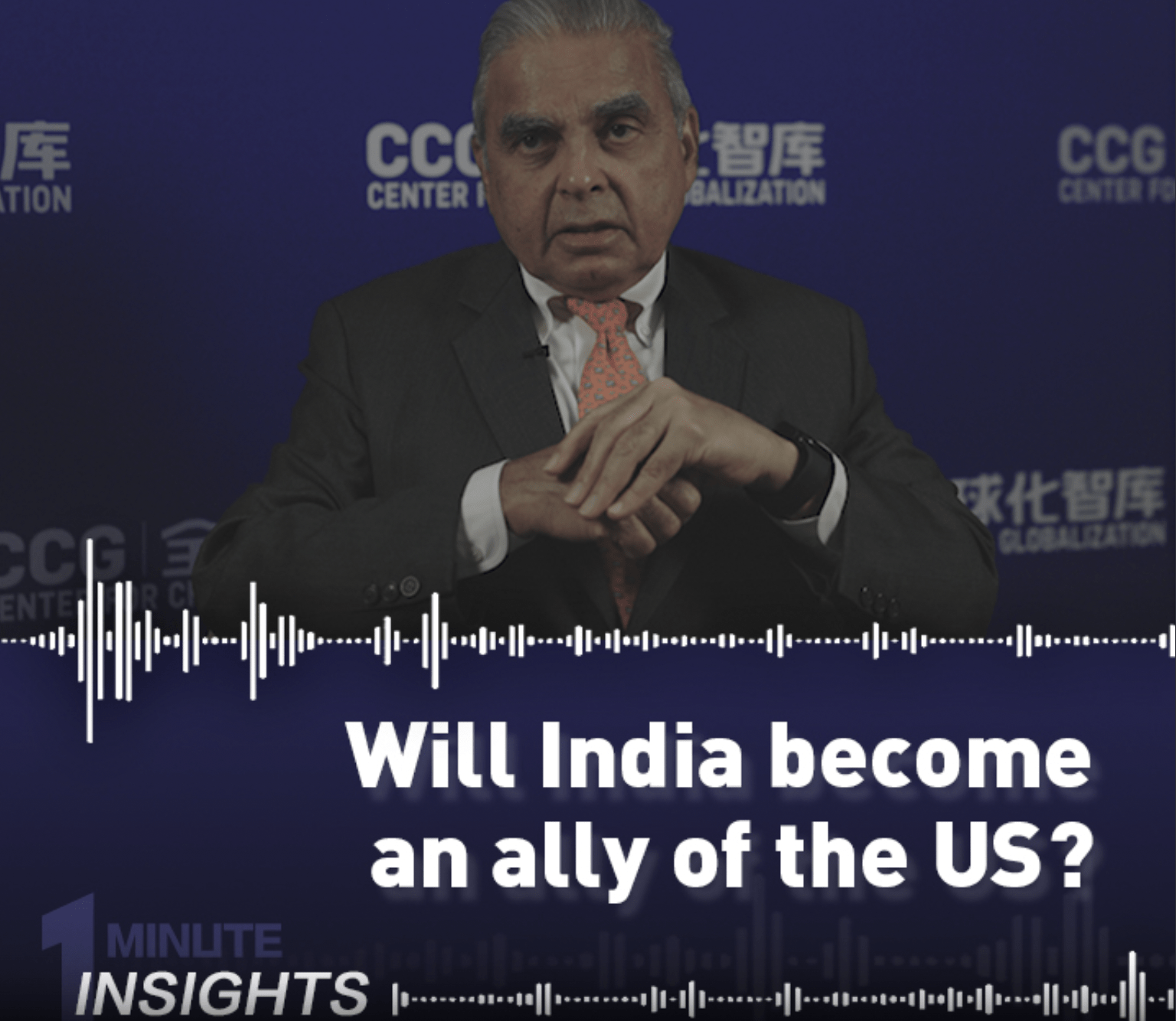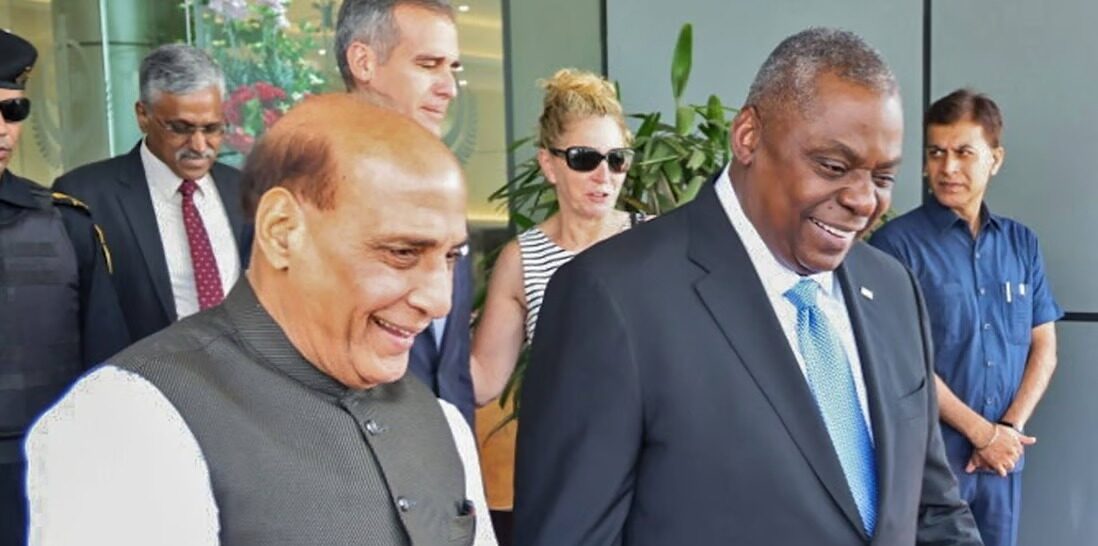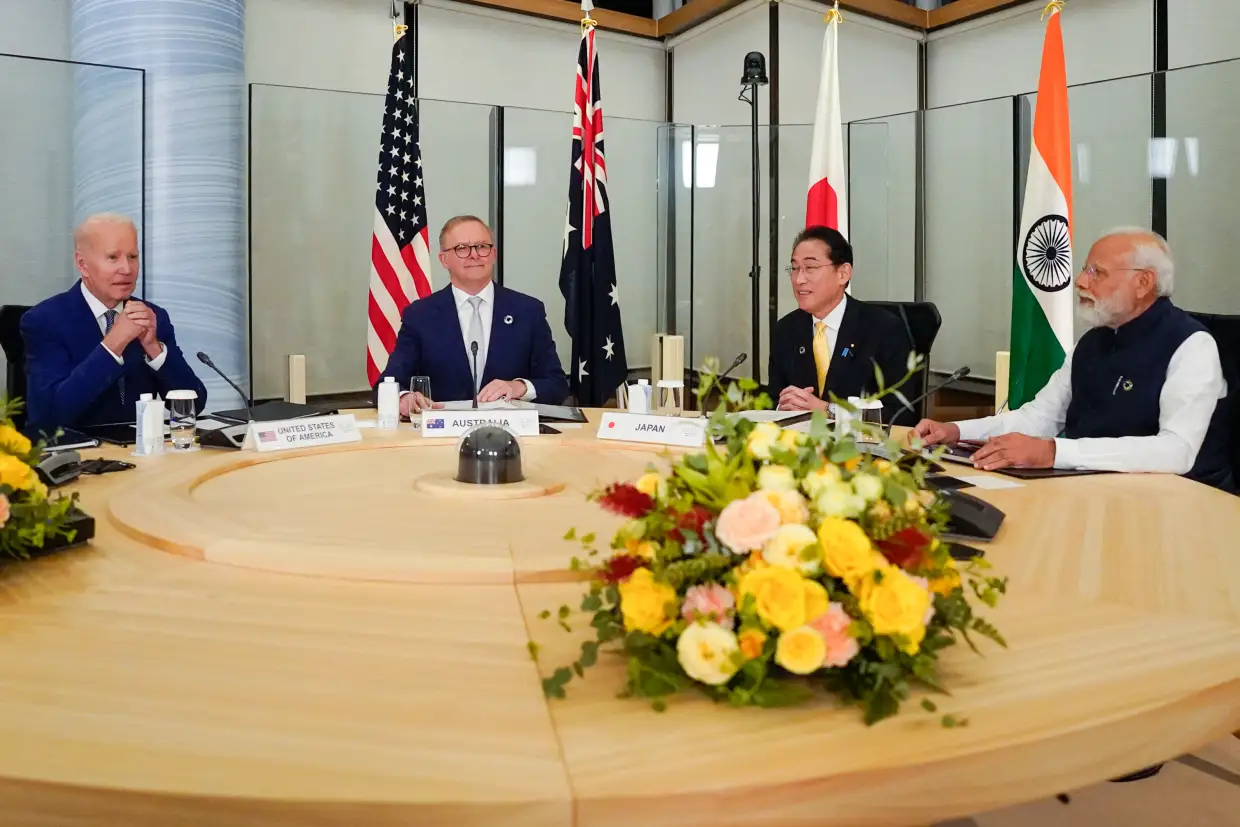The Road Not Taken Before
THE INDIAN EXPRESS
APLN member C. Raja Mohan argues that the India-US defence compact is an attempt to build a multipolar Asia with sufficient deterrent capabilities and ensure respect for the sovereignty and territorial integrity of all states in the region. Read the original post on the Indian Express website here.
The sweeping ambition of the agreements unveiled by Prime Minister Narendra Modi and US President Joe Biden — ranging from advanced technology cooperation to climate change, from moon missions to reformed multilateralism, from the production of a fighter jet engine to investments in semiconductors, and countering terrorism to digital public infrastructure — is breathtaking.
While the extraordinary promise of these agreements needs to be translated into concrete actions in the days ahead, there is no doubt that Modi and Biden have nudged India and the US on a road not travelled before — towards a joint construction of a stable Asian balance of power system.
This new moment in bilateral relations is also a defining one for the evolution of Asian geopolitics, condemned in recent times to inevitable Chinese dominance. The new India-US defence partnership makes it possible to conceive of an Asia that is not vulnerable to domination by any one power.
The India-US defence compact, it should be clear, is not an effort to contain Beijing. China is too large and powerful to be boxed in. It is an attempt to build a multipolar Asia with sufficient deterrent capabilities and ensure respect for the sovereignty and territorial integrity of all states in the region.
Both Delhi and Washington have a huge stake in productive relations with China. India’s patient engagement with China over the last three years to restore peace and tranquillity on the disputed border reflects that approach. The other piece of evidence comes from the recent US effort to re-engage China to establish so-called guard rails against their current tensions escalating into a shooting war.
In the past, the engagement between India and the US was described in wistful terms — “estranged democracies”, “wasted decades”, and “impossible allies”. This inability of Delhi and Washington to build a productive relationship in the past was rooted in a profound disagreement on the preferred geopolitical order in Asia.
The outlines of a more expansive defence cooperation unveiled by the two leaders on Thursday stems from an unmistakable convergence of their geopolitical and geo-economic interests in Asia. The US support for the modernisation of India’s defence industrial base — including joint production of the F414 fighter jet engine in India and the supply of advanced armed drones — is part of the effort to strengthen India’s military capabilities and thereby enhance its deterrence against China.
The two sides do not see it as a one-shot process but want to bring their defence industry, including the private sector, startups and research establishments, into a long-term collaboration for mutual benefit. The story is no longer about the US selling arms to India, it’s about Indian companies participating in the defence supply chains of American companies. This would include both defence products as well as services.
To be sure, there were attempts in the past to reconcile the India-US differences over Asia. The divergence included the assessment of Soviet Russia and Communist China, Washington’s Cold War alliances, and the US tilt to Pakistan in India’s war to liberate Bangladesh in 1971. India’s inward economic orientation made it harder to compensate for political differences through commercial engagement.
There were occasional moments as in the early 1960s, after the Chinese attack on India, and more recently in the early 2000s, to explore a common agenda for Asia. The formation of the Quadrilateral Forum in 2007 and the emergence of the Indo-Pacific construct seemed to produce a basis for serious India-US strategic collaboration in Asia. But residual concerns in Delhi and Washington seemed to limit the possibilities.
The credit for moving India and the US closer than ever before goes to the assertive policies of Xi Jinping. This is ironic, given the extraordinary Chinese interest in keeping India and the US apart in Asia. Biden’s remarks earlier this week at a political fund-raiser in California got much coverage for the president’s reference to Xi as a “dictator”.
The more interesting part of Biden’s comments related to something else — Xi had told Biden not to proceed with the revival of the Quad. Chinese neuralgia about India-US strategic cooperation was seen earlier in Beijing’s intense opposition to the Bush-Manmohan Singh civil nuclear initiative and its continued blocking of India’s membership of the Nuclear Suppliers Group.
Yet, China did not have to work too hard to keep Delhi and Washington separate. India’s own reluctance to develop strong defence cooperation with Washington, in the name of “non-alignment” seemed to do the trick.
Keeping distance from the US, or “strategic autonomy”, irrespective of the context or interests, was defined as a first principle of India’s foreign policy. The Indian vow to keep away from the US has left China free to build a relationship with the US on its own terms.
Even as it continues to seek a G-2 or an understanding with the US in Asia, China has never stopped objecting to closer ties between Delhi and Washington. Going by the commentaries in the Chinese state media, Beijing has become the greatest champion of India’s “strategic autonomy”. When not sneering at India and its membership of the Quad, the Chinese commentariat praises Delhi’s independent foreign policy.
The twin crises of Doklam (2017) and Galwan (2020) have, however, persuaded India to focus on the urgency of boosting its deterrence against China as the principal strategic objective. This inevitably led Delhi to seek stronger strategic partnerships with the US and its allies.
Washington too has changed in the interim. In the last two years, Washington has moved away from an Asia policy framed around the bilateral relationship with Beijing. The US has now stepped out to revitalise its traditional alliances with Japan, South Korea, the Philippines and Australia, create new coalitions like the AUKUS, and upgrade the Quad forum to the summit level. It has made an effort to carve out a special set of terms to facilitate defence and advanced technology transfer to India.
Underlying this is a new US strategy to build a more balanced Asia. That suits Delhi, which is not seeking an alliance with the US but a partnership that will elevate India’s capabilities and help contribute to a stable Asian architecture. For the first time since the Second World War, the US-India security partnership now becomes a new and significant variable in Asian geopolitics.
Image: The Indian Express/PM Narendra Modi offers a toast during a State Dinner with President Joe Biden at the White House on Thursday. (AP Photo)




